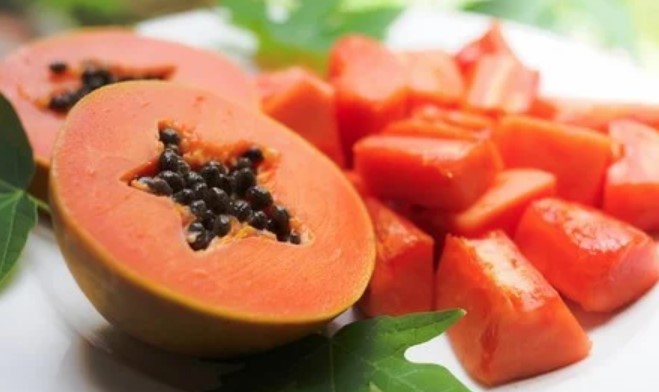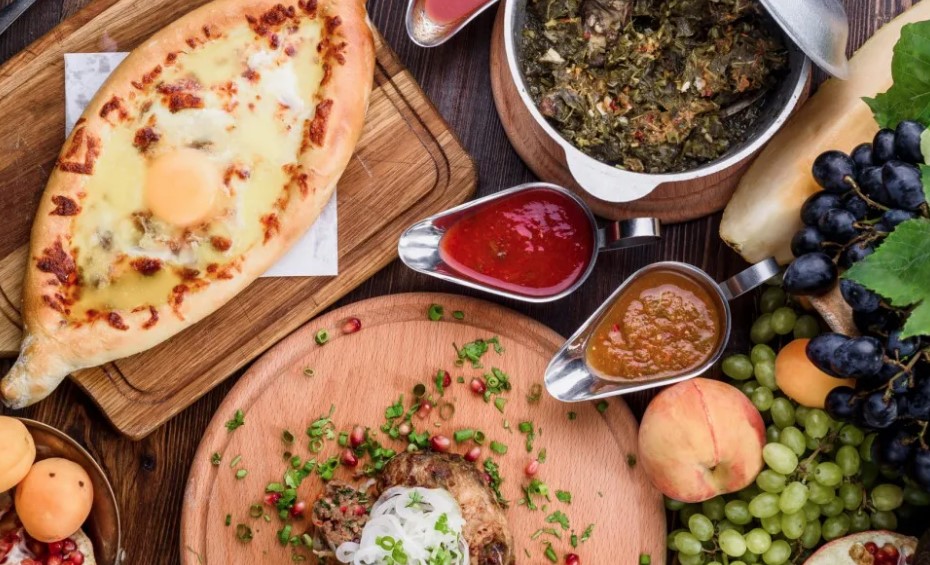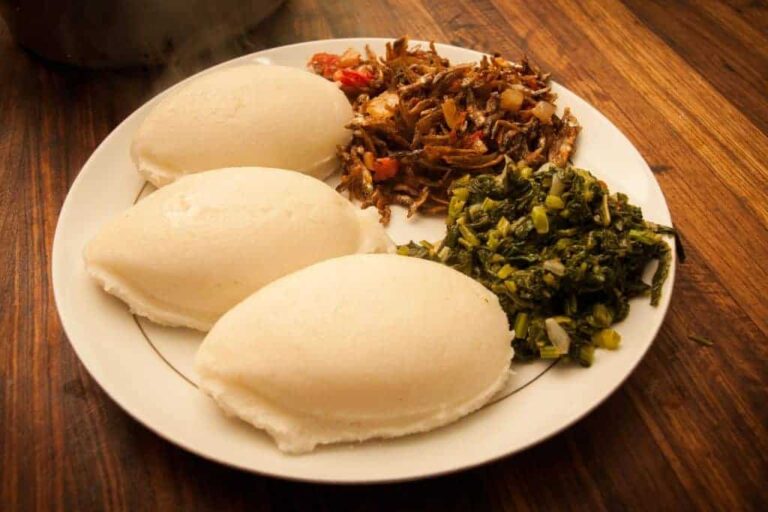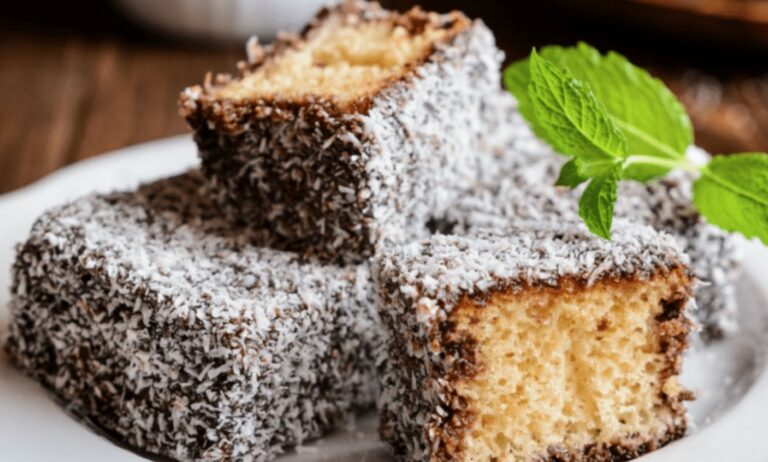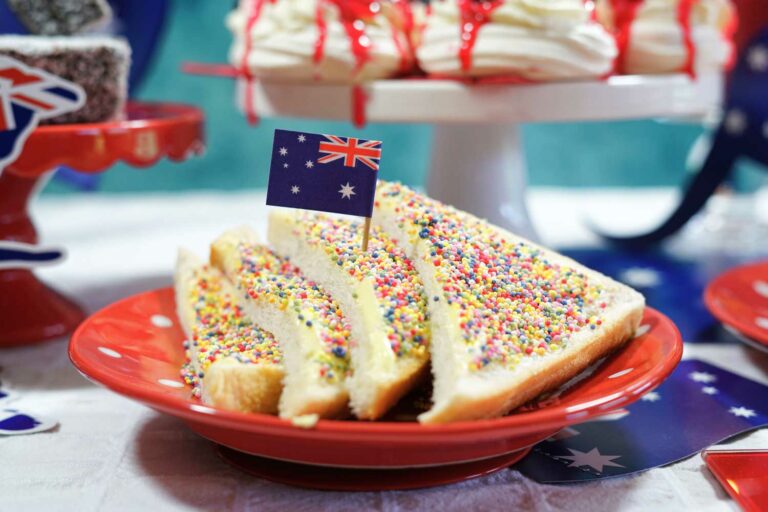Introduction: Yemeni Desserts
Yemen is known for its rich and flavorful cuisine, and its desserts are no exception. Yemeni desserts are a delicious blend of Arabian, Middle Eastern, and African influences, resulting in a unique and eclectic selection of sweets. From sweet and sticky cakes to fried dough balls and honey-layered pastries, Yemeni desserts are a must-try for anyone with a sweet tooth.
Basbousa: Sweet and Sticky Semolina Cake
Basbousa is a traditional Yemeni dessert that is popular throughout the Middle East. This sweet and sticky cake is made with semolina flour, sugar, and yogurt, and is soaked in a syrup made with sugar and rosewater. The cake is then topped with chopped almonds or pistachios. Basbousa has a texture that is similar to cornbread, but it is much sweeter and moister. It is often served with tea or coffee and makes a delicious afternoon snack.
Balaleet: Vermicelli Pudding with Cardamom
Balaleet is a delicious Yemeni dessert that is a popular breakfast dish in Yemen. This vermicelli pudding is made by cooking vermicelli in milk and sugar, with a touch of cardamom for flavor. The pudding is then garnished with sliced almonds and served warm. Balaleet has a creamy texture and a sweet, nutty flavor that is perfect for those with a sweet tooth. It is often served with a cup of tea or coffee in the morning.
Bint al-Sahn: A Honey-Layered Pastry Cake
Bint al-Sahn is a traditional Yemeni pastry that is usually served during celebrations or special occasions. This pastry is made by layering thin sheets of dough with honey and ghee, and then baking it in the oven. The result is a sweet and flaky pastry that is perfect for dessert or as a snack. Bint al-Sahn is often topped with sesame seeds or crushed pistachios for added flavor and texture.
Luqaimat: Fried Dough Balls with Date Syrup
Luqaimat is a popular Yemeni dessert that is made by frying small balls of dough until they are golden brown and crispy on the outside, with a soft and fluffy center. These fried dough balls are then drizzled with a sweet date syrup and served warm. Luqaimat is a classic Yemeni street food and is often found at festivals or special events. It is a delicious and indulgent treat that is sure to satisfy any sweet tooth.
Halva: A Sweet Confection Made with Tahini and Honey
Halva is a traditional Yemeni sweet that is made by mixing tahini, honey, and sugar together and then baking it in the oven. The result is a dense and sweet confection that is perfect for dessert or as a sweet snack. Halva has a nutty flavor and is often topped with sesame seeds or chopped nuts for added texture. It is a popular dessert throughout the Middle East and is often served alongside tea or coffee.


